The Nueva School – Science and Environmental Center
Leddy Maytum Stacy Architects completed the Science and Environmental Center for The Nueva School in Hillsborough, California.
The Science and Environmental Center embodies The Nueva School’s mission is to inspire passion for lifelong learning, foster social acuity and environmental citizenship, and develop the child’s imaginative mind, enabling students to learn how to make choices that will benefit the world. Founded in 1967, The Nueva School is an independent school, with the Hillsborough campus serving over 500 students from pre-kindergarten to eighth grade. The 33-acre campus, located in the semi-rural coastal hills of the San Francisco Peninsula, features a thriving coastal live oak woodland ecosystem, a variety of dispersed structures and dramatic views of San Francisco Bay.
The 11,600-square-foot, two-story building includes eight flexible environmental science classrooms with exterior learning spaces that support interdisciplinary learning. To meet the specific goals of the masterplan the project was designed for:
- Carbon Reduction: All electric building, zero net energy / zero net carbon
- Water Conservation: Reduce potable water use in the building by at least 70%
- Habitat Preservation and Restoration: Preserve and enhance access to campus and regional open space
- Resiliency: Provide flexible and adaptable educational environments that support evolving pedagogies and expanding community outreach programs in earthquake and wildfire safe construction.
The design integrates straightforward, appropriate, and cost-effective sustainable design solutions that provide practical and poetic connections between people and the natural world. The building shape echoes the landform, following the topography of the hillside to minimize excavation and maximize outdoor education space that extend ground floor classrooms. The narrow floor plate minimizes impacts to the existing natural features of the site, while maximizing daylighting and natural ventilation within the classrooms—two passive strategies that connect students to the seasonal rhythms of the site while reducing energy loads in the building.
The Canopy Walk provides a universally accessible journey through the forest that connects the new Environmental Center with the existing Hillside Learning Complex. The previously disturbed landscape in this area was restored to an oak woodland habitat with native and adapted planting to promote biodiversity. This heightened beauty and presence of the native ecology further grounds us to place, reminding students and visitors of the active role we must take in conservation and stewardship. The project includes eight classrooms and support spaces that provide a variety of innovative educational environments that connect students and faculty to the world around them, promoting environmental stewardship and lifelong learning daily.
Through a variety of simple, observable systems and strategies, the project is designed to be zero net energy/zero net carbon—an all-electric building that models a resilient, low carbon future. Energy efficient building systems combined with a high-performance building envelope reduce building EUI to 23, a 71% reduction from baseline.
Design: Leddy Maytum Stacy Architects
Design Team: Bill Leddy, Jasen Bohlander, LJ Bryant, Alice Kao, Enrique Sanchez, Ian Ashcraft-Williams
Photography: Richard Barnes, Bruce Damonte

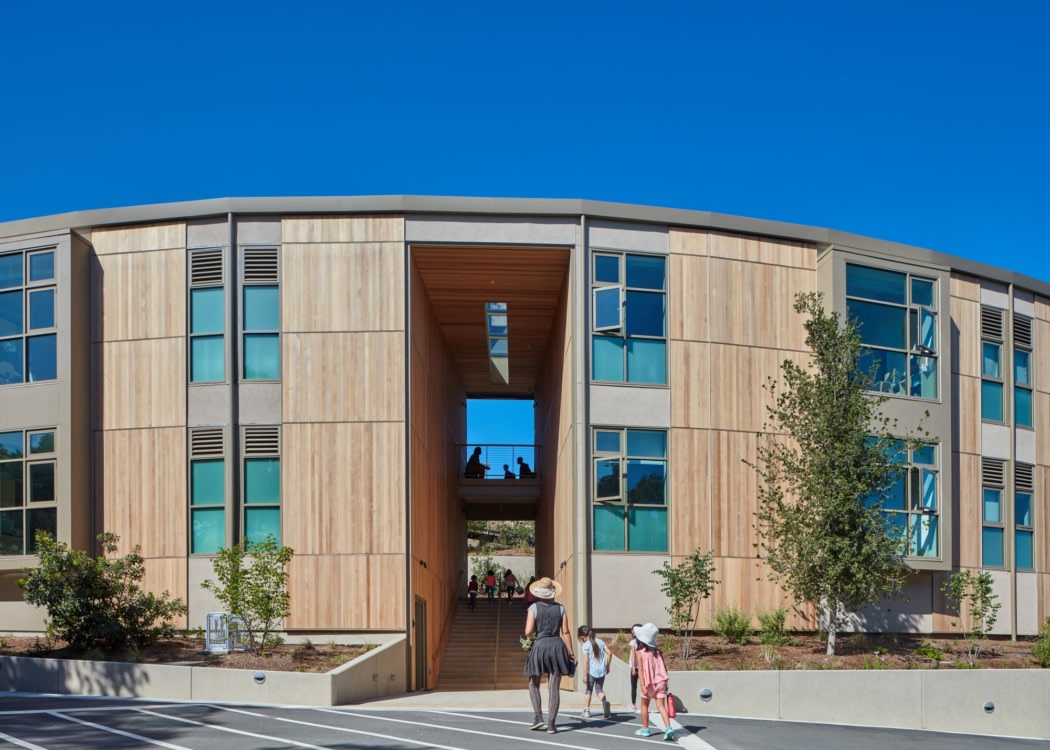
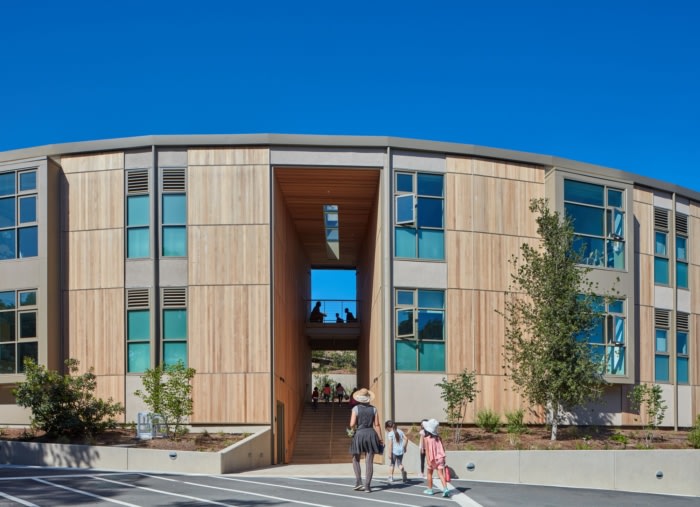
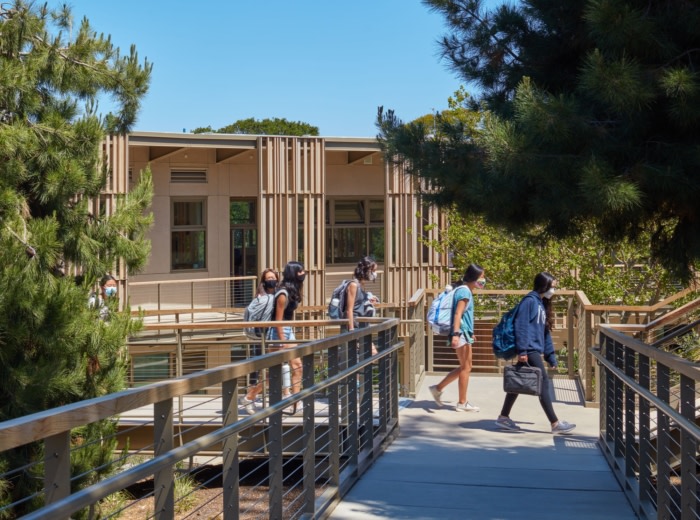
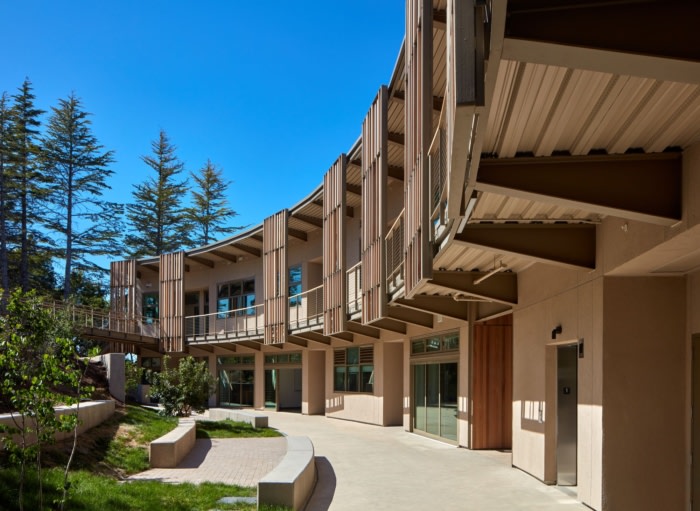
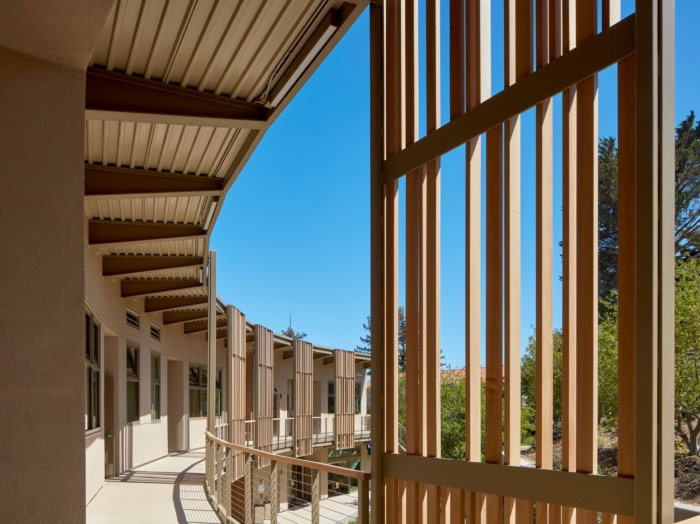
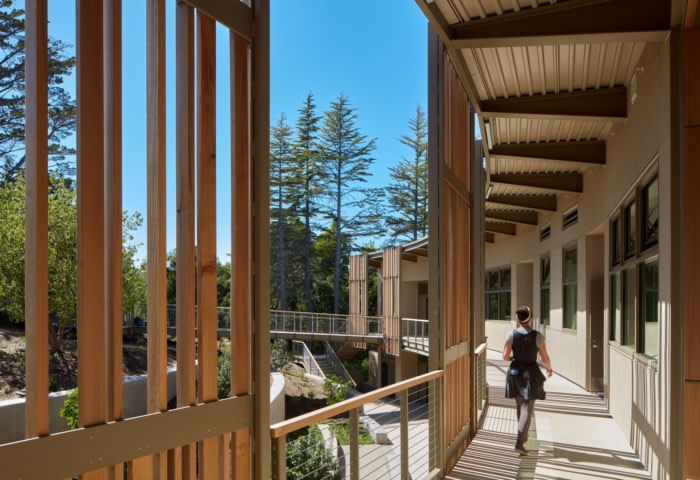
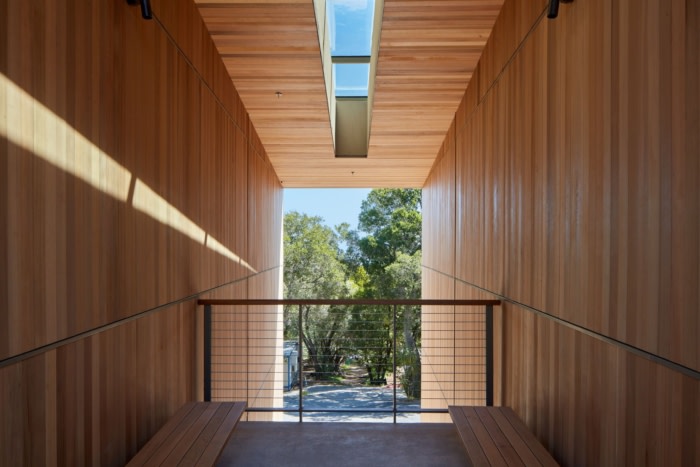
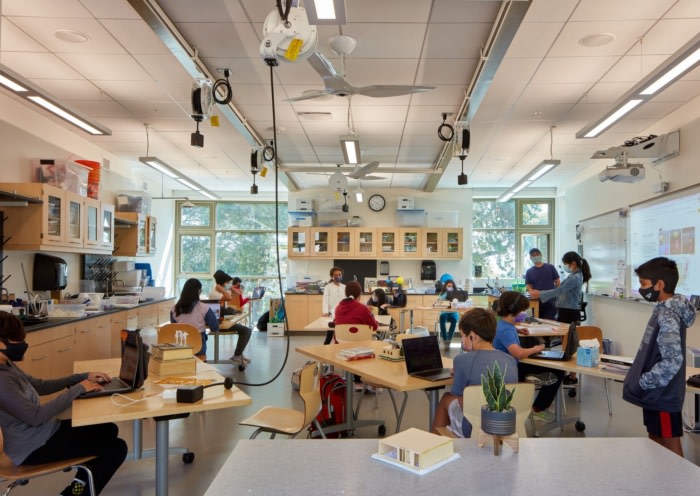
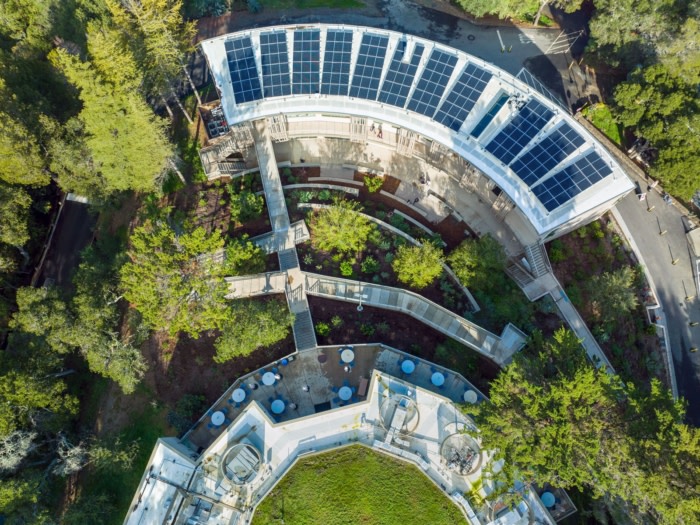









Now editing content for LinkedIn.